[Fix] Your Device is Missing Important Security and Quality Fixes
When you see the “Your Device is Missing Important Security and Quality Fixes” message, it means there’s a problem with Windows Update where important security and system updates aren’t installed. This error indicates that your system isn’t current with essential updates, making it vulnerable. This issue often happens because a Windows update didn’t complete or because certain Windows versions no longer receive updates.
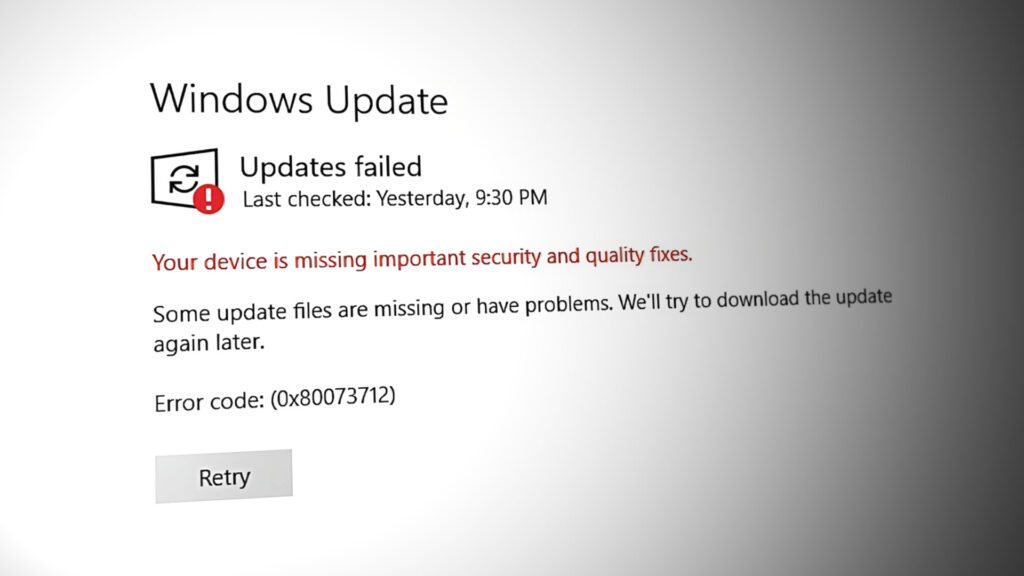
Other reasons might include damaged update files or network issues stopping updates from downloading properly.
In this article, we will discuss several solutions to resolve this error.
1. Update Windows via Update Assistant
Sometimes, the built-in update process can fail due to incomplete downloads or system issues, leaving your device outdated. Using the Windows Update Assistant helps by starting the update process directly from Microsoft’s servers. This tool ensures your system is updated to the latest stable version, which includes important security updates and fixes. It helps resolve any incomplete or stalled updates that caused the problem.
- Download the Windows Update Assistant from this link.
- Open the Windows Update Assistant, click Update Now, and wait for the updates to download.
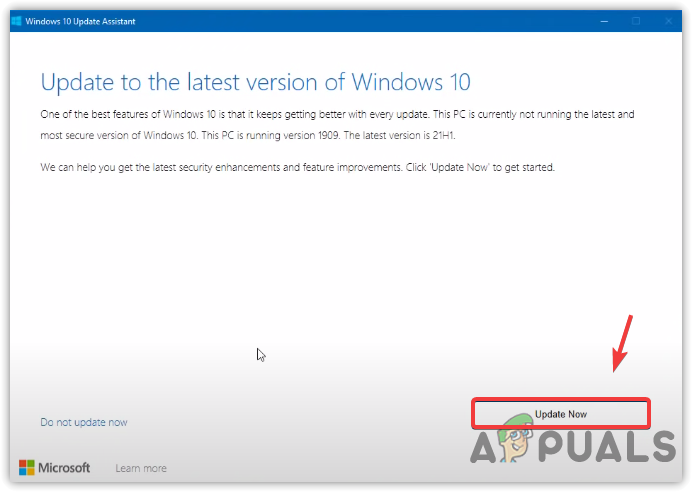
Upgrading Windows
2. Run the Windows Update Troubleshooter
The Windows Update Troubleshooter helps find and fix problems that stop updates from installing. It checks for issues like missing or damaged files, wrong settings, and disabled update services. By fixing these, it helps your system connect to Microsoft’s update servers so updates can be downloaded and applied smoothly.
- Press Windows + I to open Settings.
- Navigate to Update & Security
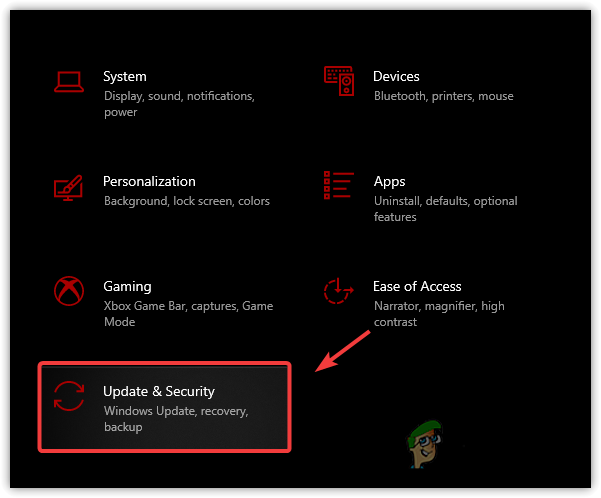
Settings to Update & Security - Click Troubleshoot, then click Additional Troubleshooters
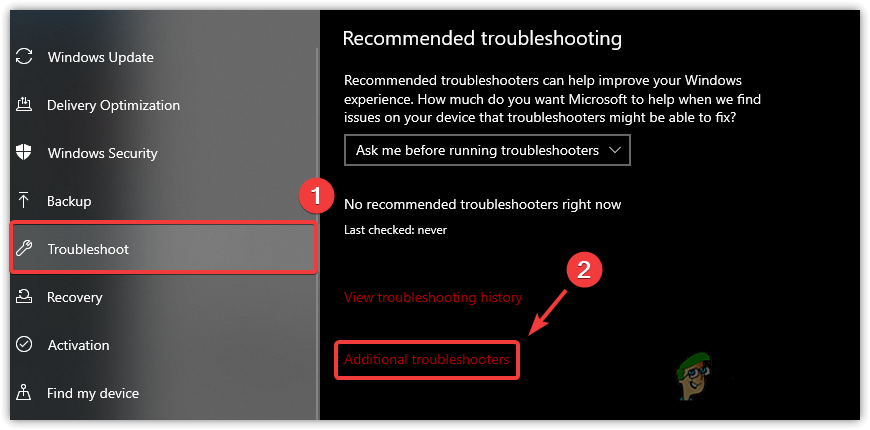 Update & Security Settings to Additional Troubleshooters
Update & Security Settings to Additional Troubleshooters - Select Windows Update and click Run the Troubleshooter
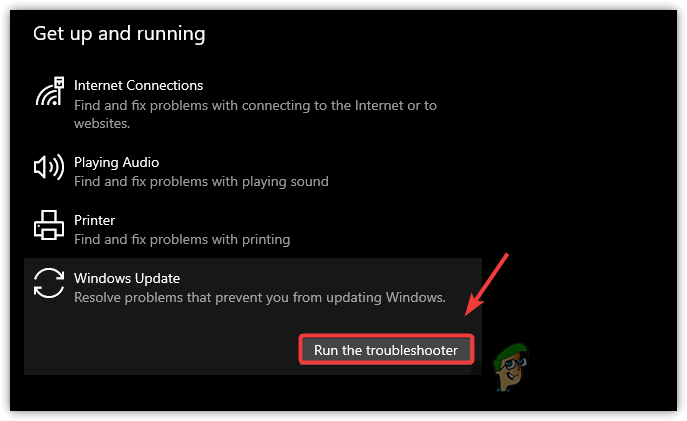
Running Windows Update Troubleshooter - Once done, check if the issue is fixed.
3. Rename the Software Distribution Folder
This error might happen because update files in the SoftwareDistribution folder are corrupted or incomplete. By renaming this folder, Windows creates a new one, getting rid of old files that might be causing update problems. The new folder will store fresh update data, letting Windows download the necessary files again and continue the update process without issues from old files.
- Press Windows + S and type Command Prompt
- Right-click on it and click Run as Administrator
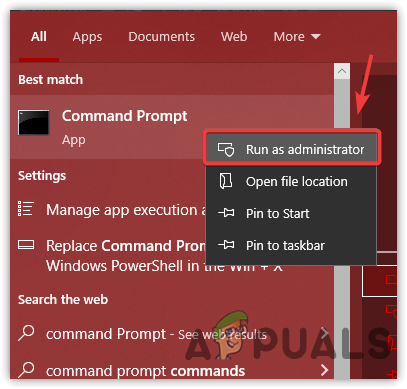
Opening Command Prompt As Administrator - Type the following commands to stop the Windows update services:
net stop wuauserv net stop bits
- Once executed, copy and paste the following command to rename the Software Distribution folder:
rename c:\windows\SoftwareDistribution SoftwareDistribution.bak
- Now again, start the Windows update services by using the commands below:
net start wuauserv net start bits
- Once done, try updating Windows to check if the error is resolved.
4. Repair System Files
Running a system file check (SFC) and using DISM helps fix any broken or missing system files that might stop updates from installing correctly. By repairing these important files, you make sure Windows can apply updates properly, which can solve the issue.
- Click Start Menu and type Command Prompt
- Right-click on the terminal and click Run as Administrator
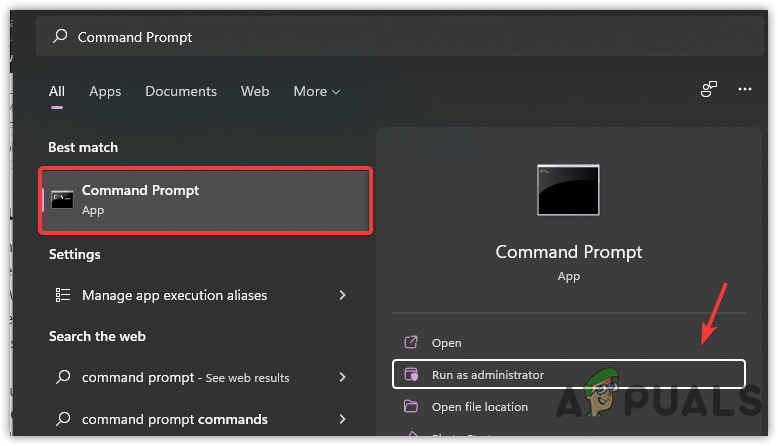
Running Command Prompt as Administrator - Copy and paste the following commands and hit enter after each command:
DISM /Online /Cleanup-Image /RestoreHealth Sfc /scannow
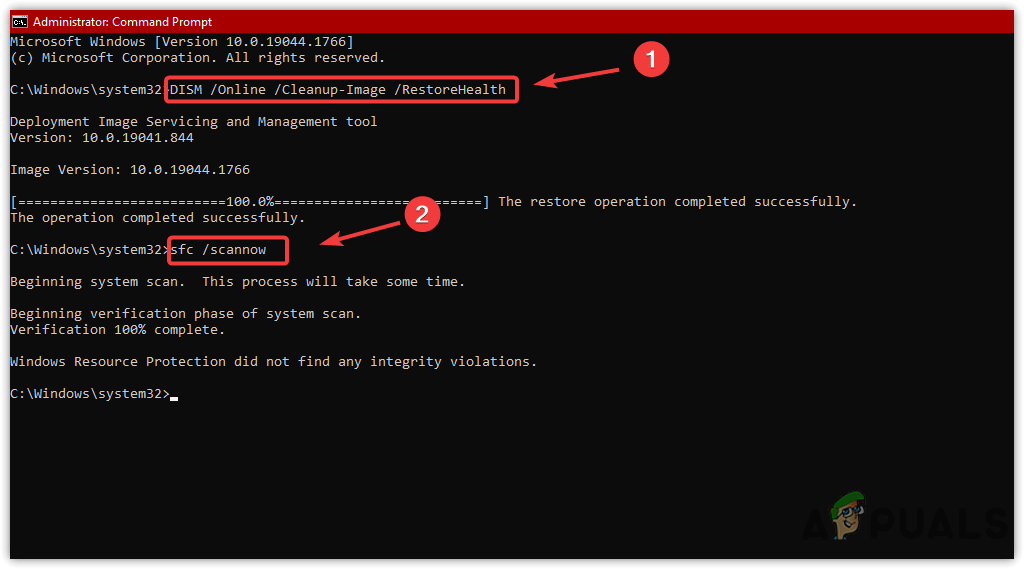
Repairing System Files - Once the verification is done, check if the error persists.
5. Reinstall Windows Updates
Sometimes, a failed update can cause system problems, like the “Your Device is Missing Important Security and Quality Fixes” error. Reinstalling Windows updates resets the update process, removing any corrupted files or stalled tasks that might block important updates. This step makes the system download new update files, ensuring all important fixes are applied correctly.
- Click Start Menu and type Control Panel
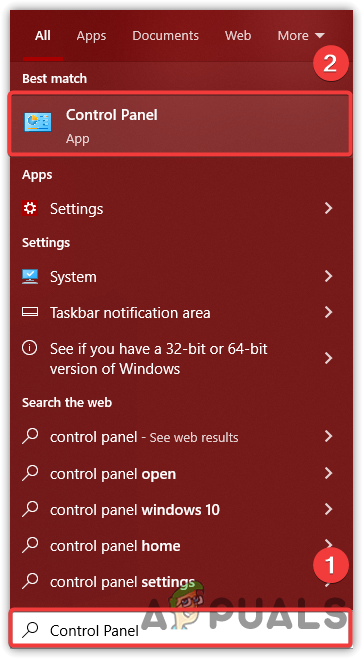
Opening Control Panel - Open the Control Panel and go to Programs and Features
- Click View Installed Updates from the left pane.
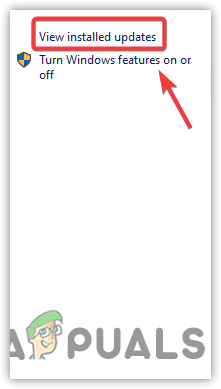
Programs and Features to View Installed Updates - Now delete any recently installed updates that coincide with the start of the issue. You might start with specific updates like KB4100347 and KB4457128, but ensure these apply to your system.
- Once done, run the Check for Updates to download them again.
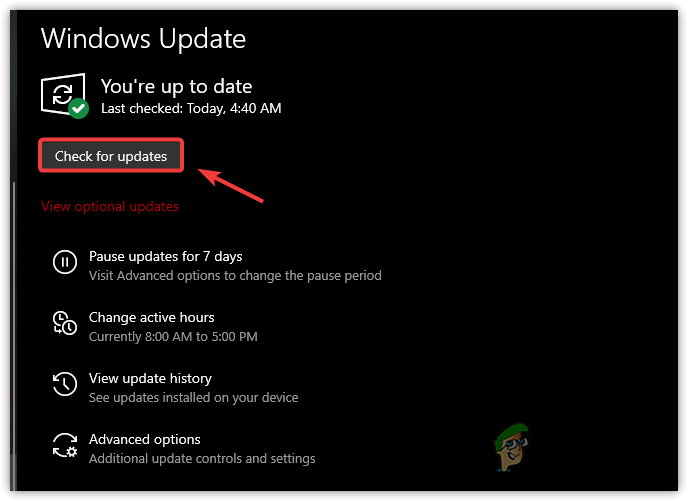
Updating Windows OS
If the error persists, you might need to update to the most recent build of Windows. You can follow the instructions provided here: How to Install/Update to Windows 10 Version 21H2. Please check for the latest guidance if newer updates are available.





